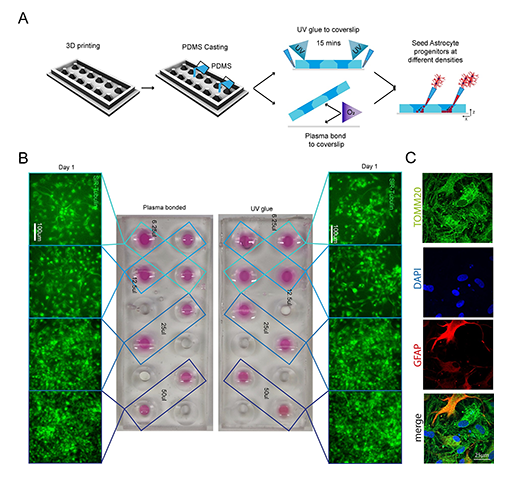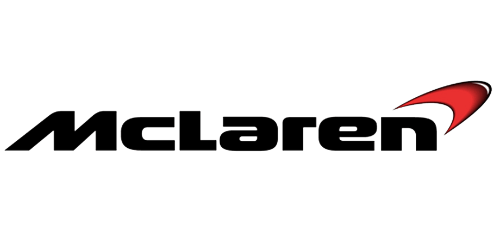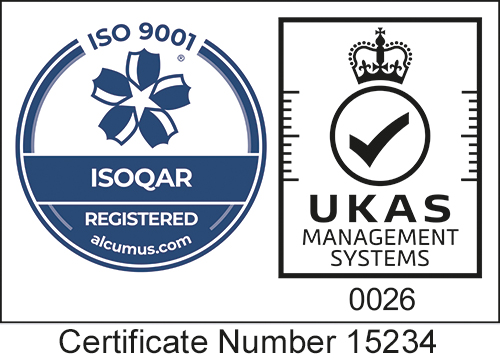Plasma surface functionalisation is one of the most exciting areas of plasma technology. It involves breaking the top-most surface bonds of a material and terminating them with new chemical functionalities which impart an entirely new surface characteristic without affecting the bulk properties of the material.

In plasma surface functionalisation, a nano-scale polymer layer is formed over the entire surface area of an object placed in the plasma. It is not just a loosely bound layer but actually forms the new surface. The coating produced is typically less than 1/100th thickness of a human hair, colourless, odourless and doesn’t affect the look or feel of the material in any way. It is a permanent coating too, being bound to the material surface on an atomic scale.
These processes offers enormous potential to enhance a material’s function and value over a range of industries such as textiles, life science products, consumer goods and many, many more.
Plasma coatings deliver two main categories of surface property: totally liquid (water & oil) repellent, or totally wettable.
Liquid Repellent Plasma Coatings
Specific treatments render surfaces totally repellent to water, solvents and oils as shown below in the example of cotton that has been plasma coated.
 Untreated surface
Untreated surface Plasma treated surface
Plasma treated surfaceHydrophilic Plasma Coatings
Hydrophilic plasma treatments render surfaces permanently wettable as shown below.


How Plasma Coatings Work:
Monomers are introduced with the plasma feed gas. Monomers are small molecules which will, under the correct conditions, bond together to form polymers. Plasmas create the right conditions at the surface of the material for this to happen both quickly and efficiently. Different monomers are used to produce hydrophobic and hydrophilic surfaces.
To find out more about surface functionalisation visit our Technology section.






























